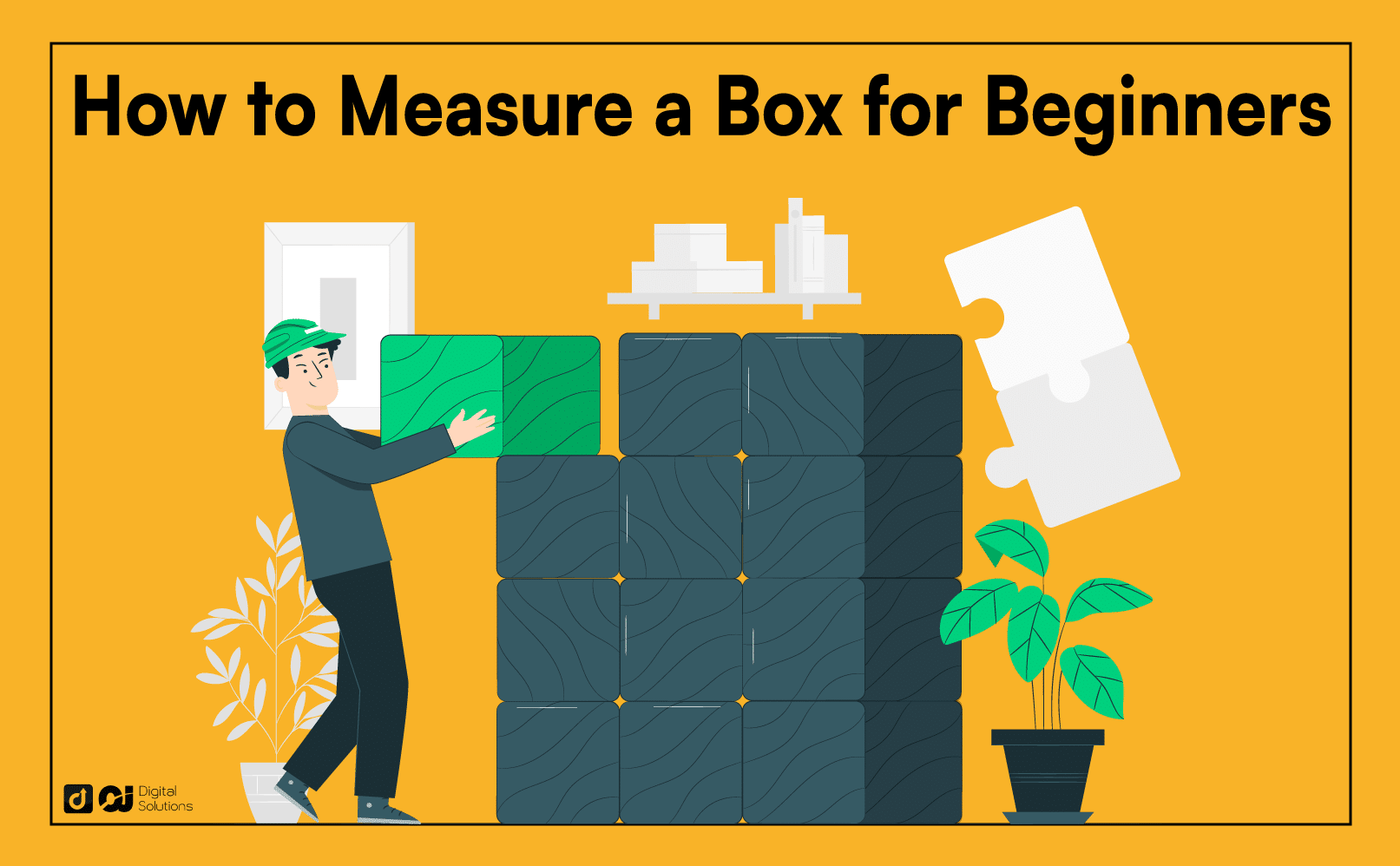Learning how to measure a box is important when dealing with shipping.
Box dimensions aren’t just for compliance purposes; they also affect your costs and method of transporting your package.
Our guide teaches you how to measure a box for shipping and how to list your box measurements properly.
If you provide the wrong information to the shipping company, your boxes might suffer damage, returns, or loss.
Let’s start.
What You Need To Know About Shipping Boxes
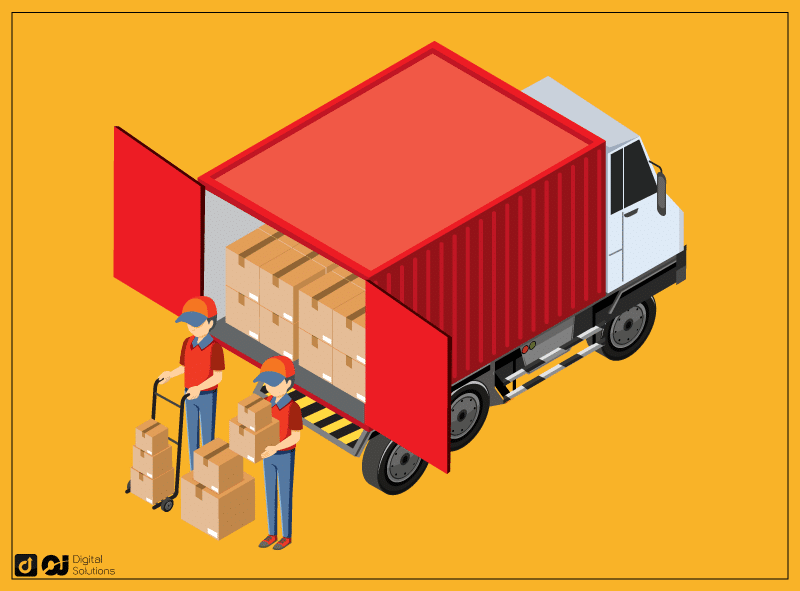
When shipping items, you have to consider several factors, such as:
Box size
Package weight
Packaging materials
Shipping label
Special handling requirements
Tracking and insurance
Regulations and restrictions
All these are important for calculating the costs and minimizing expenses. In this article, I’ll focus on finding out the exact measurements of your boxes.
Why Box Measurements Are Important
Shipping Cost
Shipping companies use both weight and dimensions when calculating the shipping fees. Larger and bulkier packages have higher costs. Measuring your package accurately helps you ensure you get the right charges.Shipping Method
A carrier has strict size restrictions in each tier of their shipping methods. You can choose the appropriate one that can accommodate your package size and weight.Space Optimization
The size of your box allows you to use enough packing materials. This ensures your item’s safety while in transit and minimizes waste.
How To Measure a Box for Shipping
Box dimensions for shipping refer to the length, width, and height of a box.
Since a box is a 3D object, its dimensions cover one vertical and two horizontal measurements.
When you measure dimensions, you need a tape measure to get the exact figure and a paper for recording.
Follow these steps to measure your package.
Length: Your length is the first dimension, which is usually the longest horizontal measurement. When measuring your width and length, its lines should intersect.
Width: The width side is another one of the two measurements taken horizontally. It’s usually the shorter side.
Height: Measure height by the vertical distance from the bottom of the box to the top. This is the only dimension that’s vertical
What Is Height?
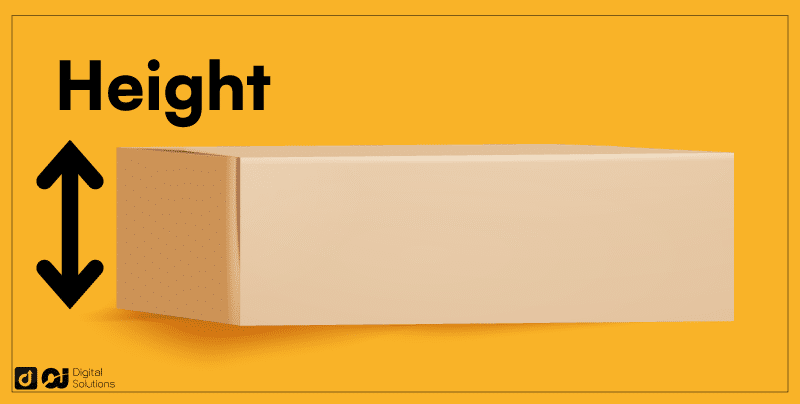
Your height refers to how tall your box is.
Some shipping boxes are taller, meaning they have bigger heights than length and width.
Other shipping boxes are longer, meaning they have a larger length or width.
What Is Length and Width?
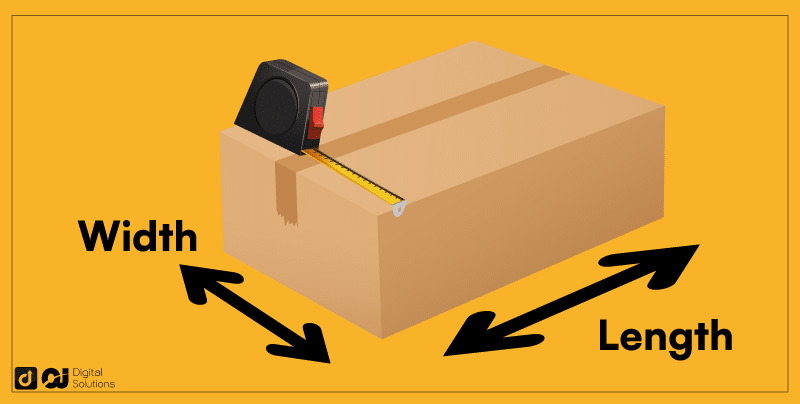
Length and width are often interchangeable when it comes to boxes.
However, you shouldn’t interchange your box length or width with the box height. Some packages are delicate and must be placed with their fragile sides facing up.
What Is LxWxH?
The LxWxH meaning refers to: length, width, height dimensions format.
This is the proper order of dimensions of a box. The length comes first, followed by the width, then the height.
If you don’t have height, start with your length and width, although the two are often interchangeable.
How To Write Dimensions: Length, Width, Height
How are dimensions written?
The three measurements should always follow the length, width, and height format when you write them.
You can add the unit of measurement after each number, but most cases have it after the LxWxH format, like this:
10 x 10 x 10 cm
When you write your box dimensions, always be as accurate as possible. The right box dimensions are important when shipping via a business or carrier.
Carriers double-check your package. A mismatch can cause problems if the dimension you declared doesn’t match their findings.
The acceptable manufacturing variance for mailer box dimensions is just 1/8th of an inch.
With fragile packages, you should list your height as the standing side of your box.
How To Read Dimensions of a Box: Length, Width, Height
If you see a package with dimensions like this:
12 in x 42 in x 15 in, or
12 x 42 x 15 in
This means these are its measurements.
Length: 12 inches
Width: 42 inches
Height: 15 inches
How To Read Measurements: x by x
There are packages with not enough height, like frames.
In this scenario, the measurement is often written x by x, representing its longest side (length) and its shortest side (width).
You don’t have long and short sides for square packaging since they’re the same.
What Is the Height, Width, and Depth of a Box?
Now that you’ve had an LxWxH example, let’s discuss depth.
Depth basically means how deep a box is. Luckily, if you’re using a regular box, your cardboard box dimensions for height are often the same or close to your depth.
If you want to be specific, measure your box’s thickness, and subtract it twice from your inside dimensions (length, width, and height).
You usually measure get the outside dimensions when measuring. If you want to measure the interior, this is when you factor in depth.
How To Calculate Box Dimensions
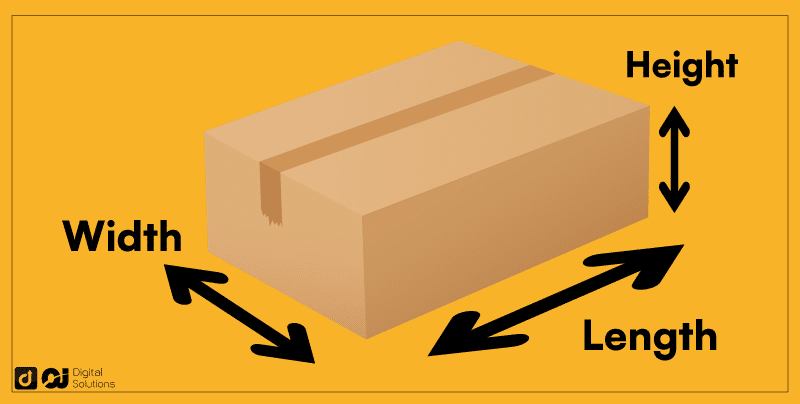
If you want to determine the box’s volume, you only have to multiply each measurement with each other to get the cubic size.
Follow this equation.
Length (in meter) x Width (in meter) x Height (in meter) = cubic meter (m3)
Here’s the formula in action:
3 m x 5 m x 7 m
3 x 5 x 7 = 105
105 m3
The same formula applies to any unit of measurement, like inches (cubic inches), cm (cubic cm), etc.
To make calculations easier for you, feel free to use an online tool.
How To Measure Dimensional Weight
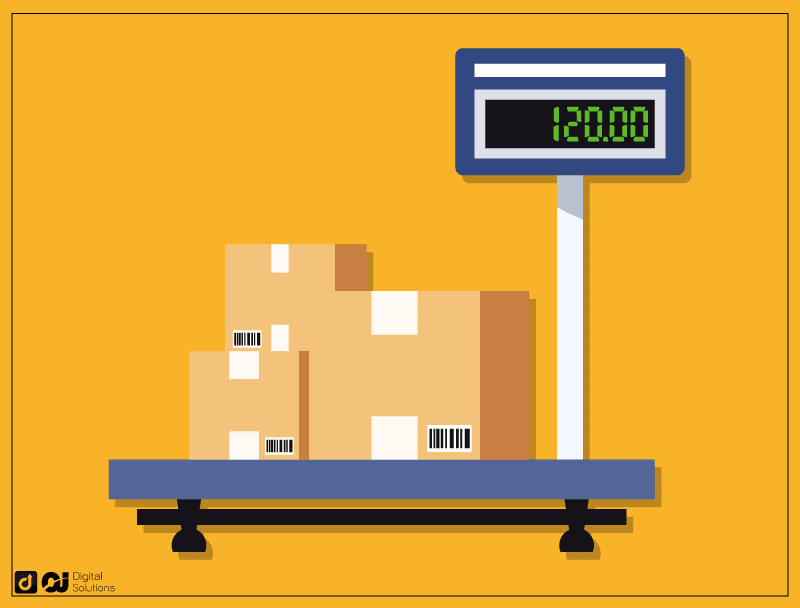
The dimensional weight reflects how much footprint your box takes up instead of its actual weight.
It estimates the weight based on the package’s dimensions: x by x by x. Essentially, it’s cubic size divided by the carrier’s DIM divisor.
Here’s an example of calculating the dim weight with a box this size:
30.05 cm x 100.67 cm x 30.81 cm
Most carriers ask you to round up to the nearest whole number, so you’ll change this to:
30 cm x 101 cm x 31 cm
Multiply them with each other to get the volume.
30 cm x 101 cm x 31 cm = 93,930 cm3
Divide this by the DIM divisor of the carrier you’re using. For example, FedEx uses 5,000 (for cm).
93,930 cm3 / 5,000 = 18.79 kg
The dim weight is 18.79 kg.
Sometimes, the package weight doesn’t matter. Your shipping company will charge you based on the dim weight.
However, if your boxes weigh heavier than the dim weight, they may use the actual weight to charge you instead.
How To List Dimensions for Weird Packages
If you’re trying to measure a weird package, always start from the longest point to the longest point.
When shipping, most carrier businesses deliver boxes unless another packaging is specified.
This means you should calculate your packaging from its farthest length and width.
How To Measure Box Girth
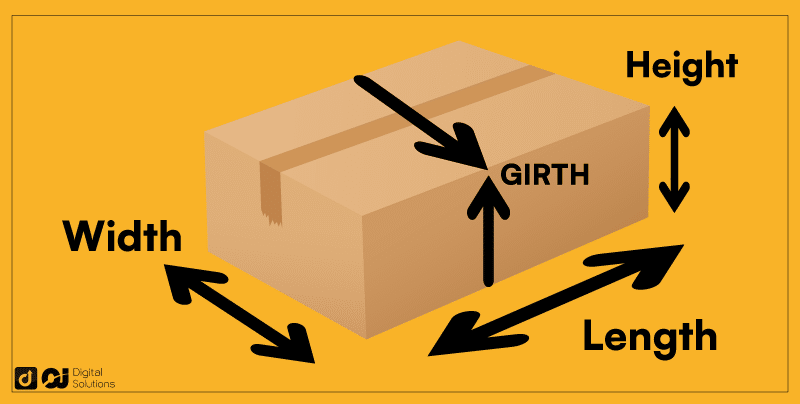
A box’s girth is its distance around its thickest portion perpendicular to the length,
You can also refer to a box’s girth as its circumference.
To compute the girth of rectangular boxes, here’s the equation.
2 x (height + width)
Let’s use this packing as an example.
30 cm x 101 cm x 31 cm
The girth of this package is 266 cm.
How To Save on Shipping Costs

Do you want to know the cheapest way to send a package?
There are four main ways to pay less when shipping.
Negotiate with a Carrier.
You can try to negotiate with some carriers regarding shipping costs. They also usually have different low-cost alternatives to their fast but expensive shipping.Look for Cheaper Alternatives.
There are cheap shipping alternatives like USPS that provide an affordable way to send packages.Make Your Package Smaller.
If you can adjust the size of the items inside, choosing a smaller container often makes your shipping cheaper. However, you have enough space for packaging material to protect your items.Use Third-Party Insurance.
You can purchase more affordable third-party shipping insurance solutions instead of using the carrier’s recommended insurance, especially when your package has special handling requirements.
Carrier Package Dimension Limits
Different services have their own limits. Sometimes companies have different services for larger packages.
Here are the limits of some of the most popular shipping solutions.
UPS Size Limit
You can send up to 165 inches in length and girth combined or up to 108 inches in length alone.
In cm, the limit is 274 cm in length and 400 cm in length and girth combined.
FedEx Size Limit
You can send up to 165 inches in length and girth combined or up to 119 inches in length alone.
In cm, the limit is 274 cm in length and 330 cm in length and girth.
USPS Size Limit
USPS limits packages to 108 inches in length and girth.
The limit is 130 inches in length and girth for its USPS Retail Ground service.
What Is a Box Size Chart?
Different services offer specialized packages but often have the same standard package size.
Here’s a list of the typical box sizes.
8 x 8 x 6 in
8 x 8 x 8 in
10 x 8 x 6 in
12 x 6 x 6 in
12 x 9 x 3 in
12 x 9 x 4 in
12 x 10 x 4 in
12 x 12 x 3 in
These are some of the standard box sizes.
It’s important to note that some stores have limited box sizes available if you plan to ship your item.
If you can’t find the perfect size for your package, choose the next larger option.
Frequently Asked Questions (FAQs)
What Is the Correct Way To Read Product Dimensions?
Product dimensions follow the same order: length, width, and height.
However, product dimensions are different from package dimensions. When learning how to read product dimensions, you must identify which is which.
Why Are Internal Dimensions Important?
If you want your package to fit perfectly, the internal dimensions let you properly ensure your item fits and doesn’t move around because of extra space.
Why Is Box Measurement Important?
A measured box is important when factoring in the costs of shipping. Shipping companies calculate the costs not just based on weight but also on the size of your package.
Can I Use an App To Measure a Box?
Apple has a Measure app to gauge the size of real-world objects. You can use this app on your iPhone, iPad, or iPod. However, it may not be as accurate as using a measuring tape and a paper.
The Bottom Line
I hope this comprehensive guide helps you get the right measurements for your shipping needs.
Remember, getting the exact figures are important because they affect your shipping costs. If you’re an Amazon seller, this also helps your customers know how big your product is.

